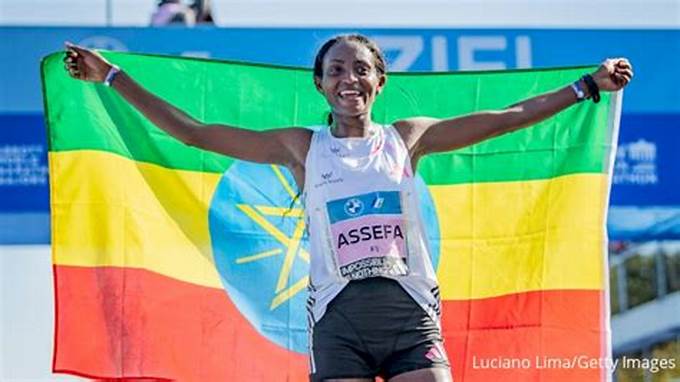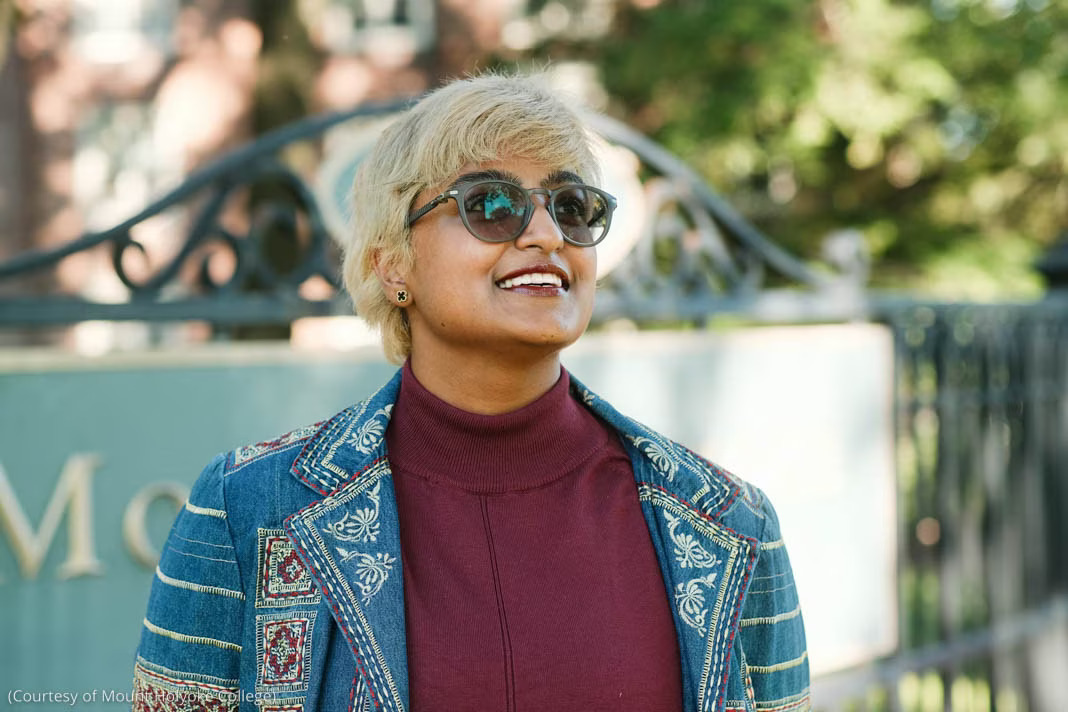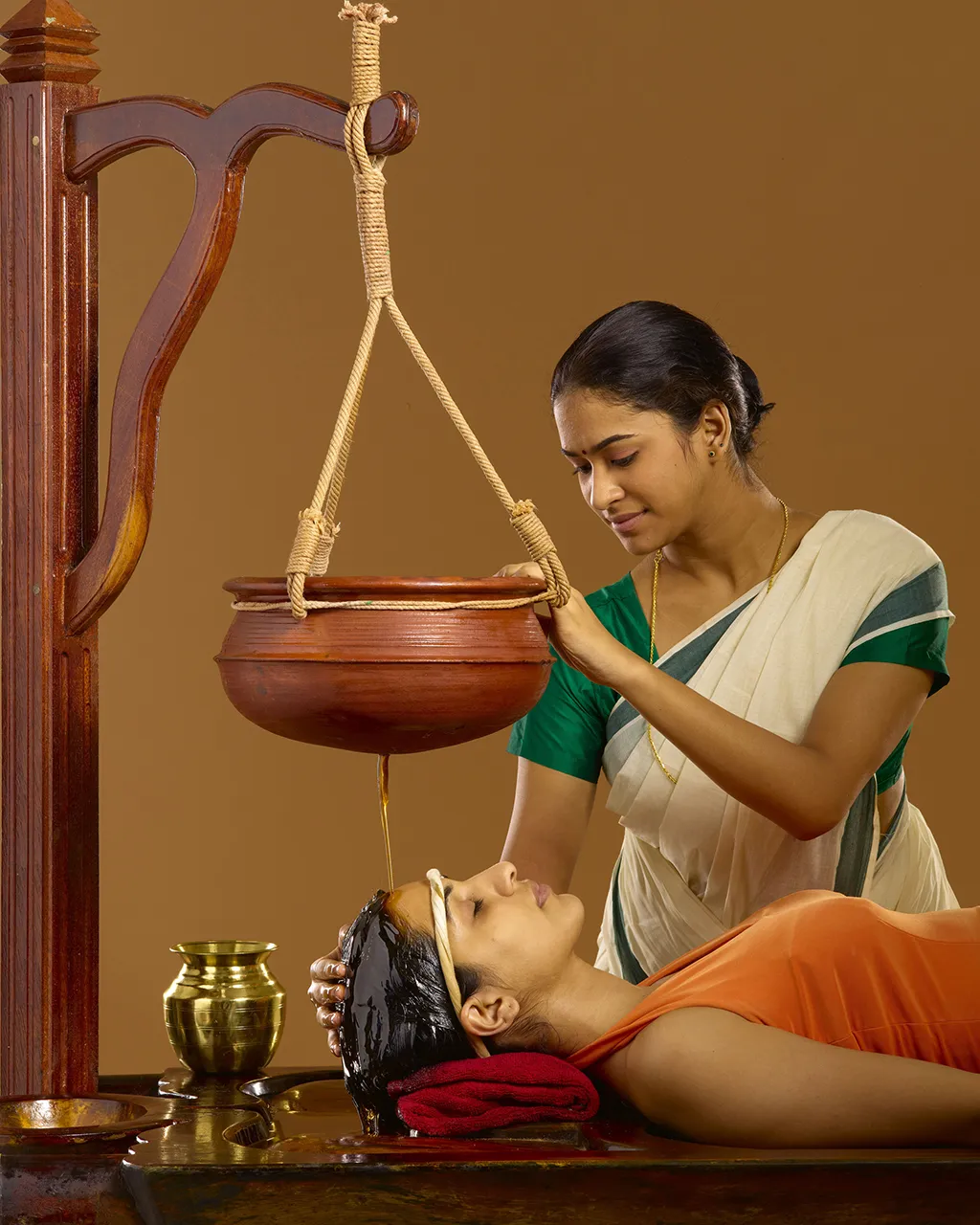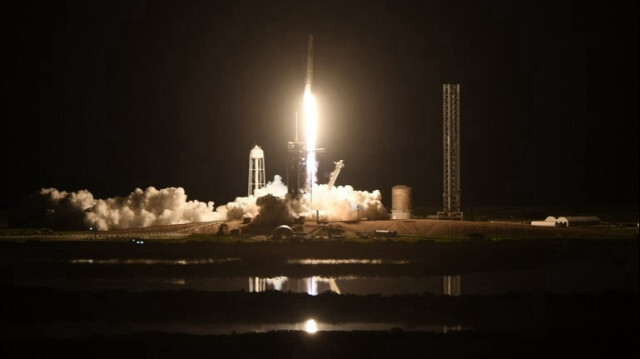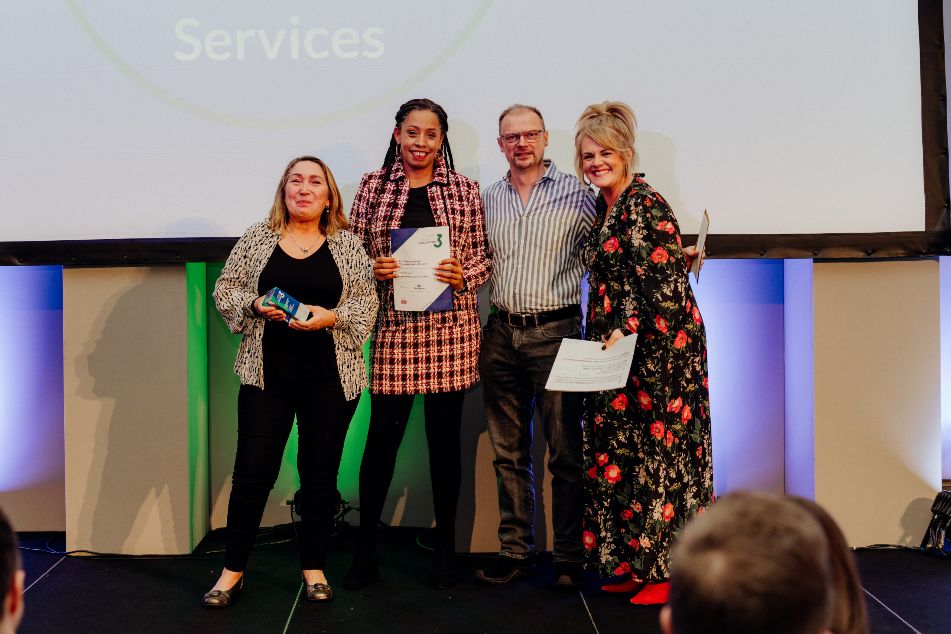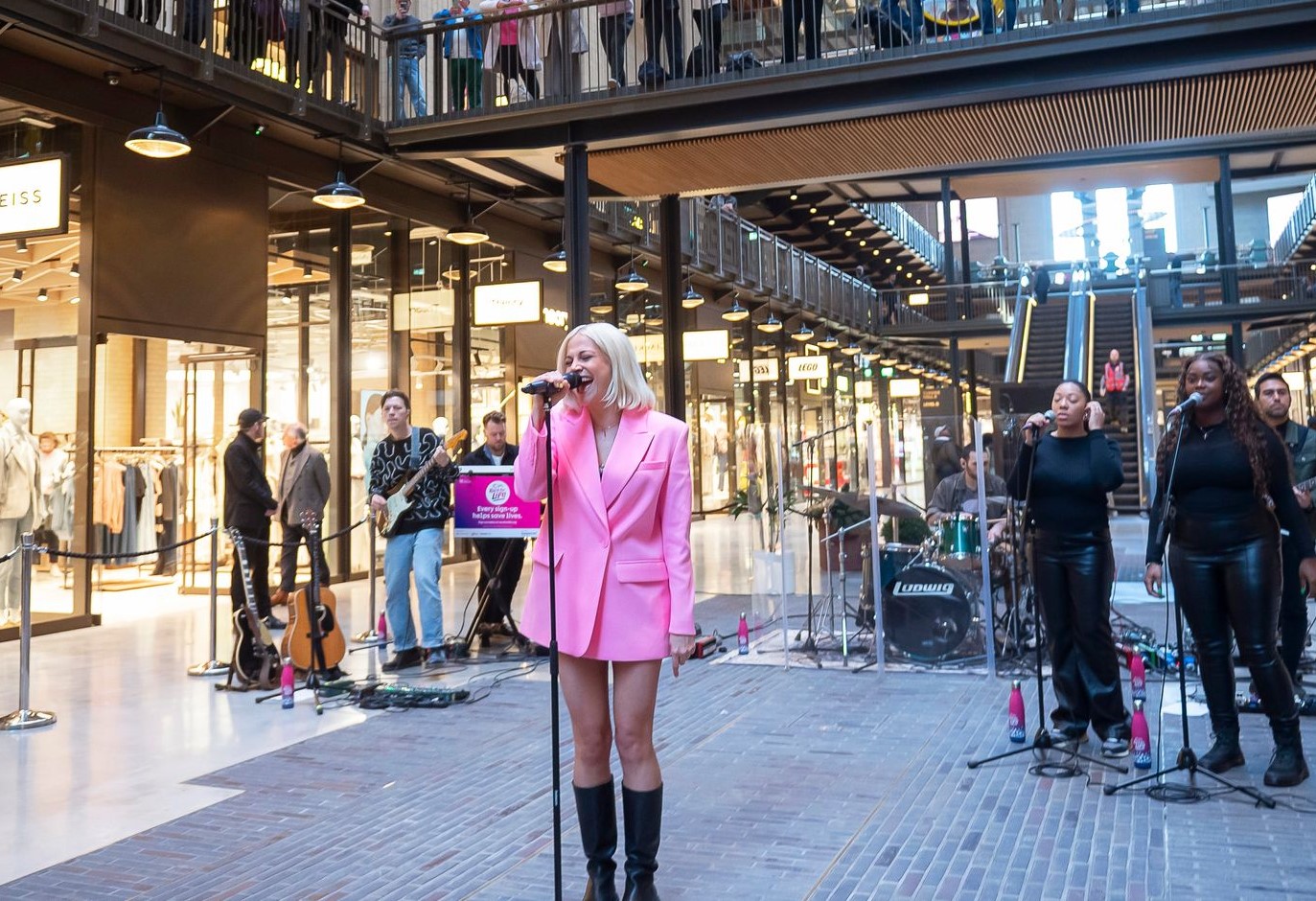Hanan Khan, a senior at Mount Holyoke College, fell in love with the school at first sight.
Its bucolic campus reminded the Saudi Arabia native of the enchanted forest from Alice In Wonderland. Khan finds refuge on campus inside a Japanese meditation garden prayer room and teahouse.
In addition to enjoying the natural beauty of the campus, the studio art major participates in several activities at the Massachusetts college. When most American students return home for Thanksgiving Day, Khan joins students from 60 other countries for turkey dinner and hayrides arranged by the international students’ club.
When things get tough academically, Khan turns to her professors, fellow students and campus resources for support. Her Mount Holyoke “family” includes friends from all over the world. “This is the first time in my life that I’m not competing with anybody,” she says. “I’m just … becoming a better version of myself.”
There are roughly 40 women’s nonprofit, private colleges in the United States.
And while less than 2% of female students enroll in these colleges annually, according to the Washington Post, many alumnae have reached success in their fields. They include the late poet Zora Neale Hurston (Barnard College) and former Secretaries of State Hillary Rodham Clinton and the late Madeleine Albright (both Wellesley College).
Reflecting on her time at Wellesley, Sara Minkara, the U.S. State Department’s special advisor on international disability rights, remembers her professors and fellow classmates helping her navigate being legally blind.
Minkara’s topology professor made sure Minkara had everything she needed and offered to help her outside of regular class times. Today, Minkara counts one of the many students who took notes for her and read homework to her as a close friend.
Wellesley allowed Minkara the freedom to be herself, she says. The school’s small classes, for instance, helped her, a self-identified introvert, learn to embrace her disability. And the school accommodated her cultural and religious background. Minkara, who is Lebanese American, joined the Wellesley Arab Women Association. She also joined Al-Muslimat, a Muslim women’s club. During Ramadan, the club members prayed, fasted and broke fast together. Minkara ate halal cuisine from one of the dining halls. She remembers too that an on-campus chaplain was available to all students, including Muslim students.
“Being in a space where you’re allowed to see your identities from a point of strength, your identities as a point of value, a space where diversity is embraced across the board and a space where you’re really allowed to explore your potential … I think that’s what Wellesley provided in many ways,” says Minkara, who graduated in 2011.
In 2005, Maha Kareem, of Iraq, entered a yearlong Fulbright Program as a foreign language teaching assistant. She taught two Arabic classes and took several courses, including American literature and French, at Sweet Briar College in Virginia.
Kareem, now earning a Ph.D. in English education at the University of Missouri-Columbia, says she opted to study in the United States because of its reputation for quality education and racial diversity. She took on new adventures, including rock climbing, caving and joining the swimming club, because she felt comfortable being around so many confident women at Sweet Briar.
Though she had questions about safety and American values based on what she had read in the media, Kareem says she found that the campus was safe. During orientation, she learned what to do in case of emergency, areas to avoid and other ways to be careful.
But those lessons were never needed. “These small women’s colleges, you feel safe,” she says. “I never felt safer in my life.”
International students interested in studying in the U.S. often look for guidance from the U.S. Department of State’s EducationUSA network of advising centres in more than 175 countries and territories.



